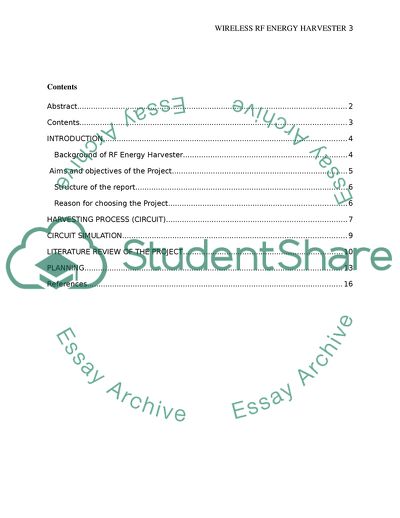Cite this document
(RF-Based Wireless Charging and Energy Harvesting Coursework Example | Topics and Well Written Essays - 2750 words, n.d.)
RF-Based Wireless Charging and Energy Harvesting Coursework Example | Topics and Well Written Essays - 2750 words. https://studentshare.org/design-technology/1844503-wiresless-rf-energy-harvesrster
RF-Based Wireless Charging and Energy Harvesting Coursework Example | Topics and Well Written Essays - 2750 words. https://studentshare.org/design-technology/1844503-wiresless-rf-energy-harvesrster
(RF-Based Wireless Charging and Energy Harvesting Coursework Example | Topics and Well Written Essays - 2750 Words)
RF-Based Wireless Charging and Energy Harvesting Coursework Example | Topics and Well Written Essays - 2750 Words. https://studentshare.org/design-technology/1844503-wiresless-rf-energy-harvesrster.
RF-Based Wireless Charging and Energy Harvesting Coursework Example | Topics and Well Written Essays - 2750 Words. https://studentshare.org/design-technology/1844503-wiresless-rf-energy-harvesrster.
“RF-Based Wireless Charging and Energy Harvesting Coursework Example | Topics and Well Written Essays - 2750 Words”. https://studentshare.org/design-technology/1844503-wiresless-rf-energy-harvesrster.


